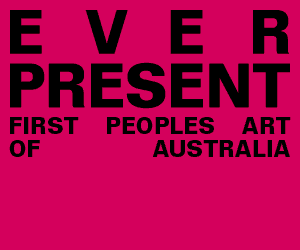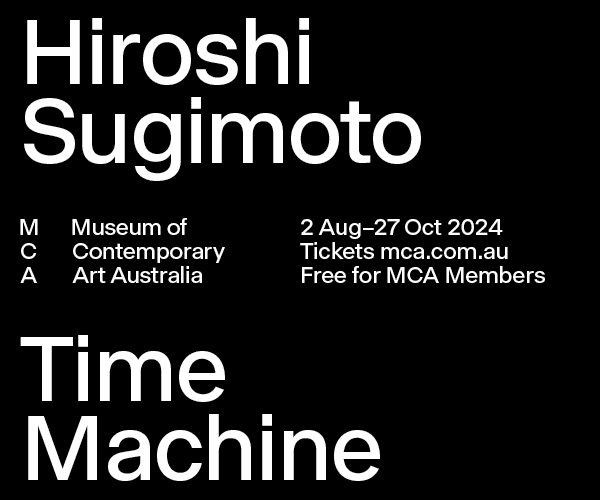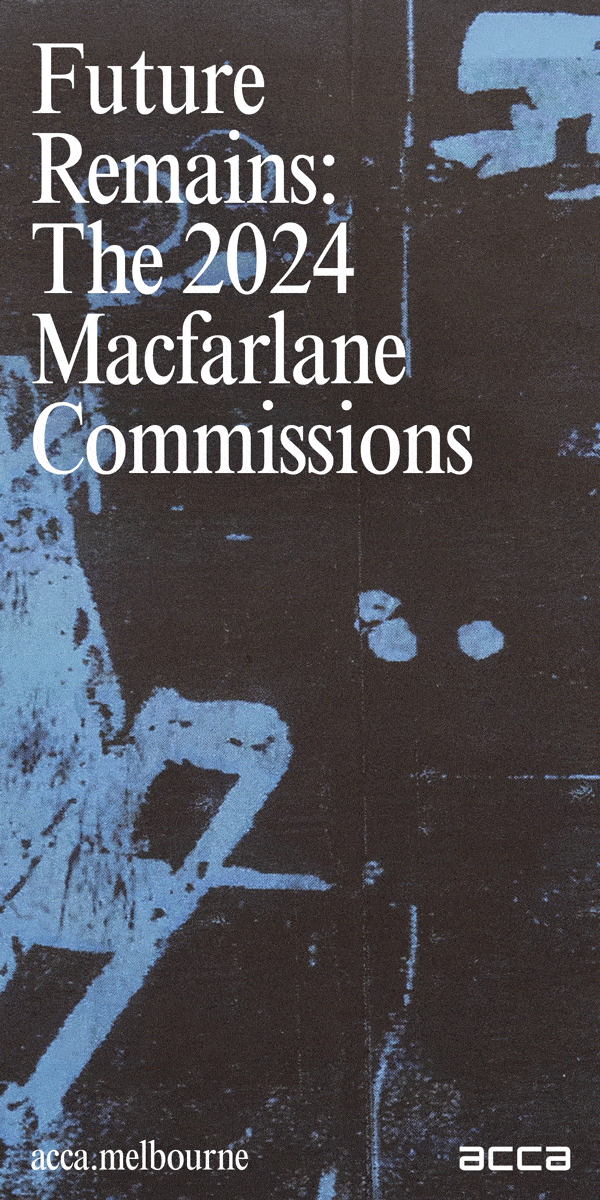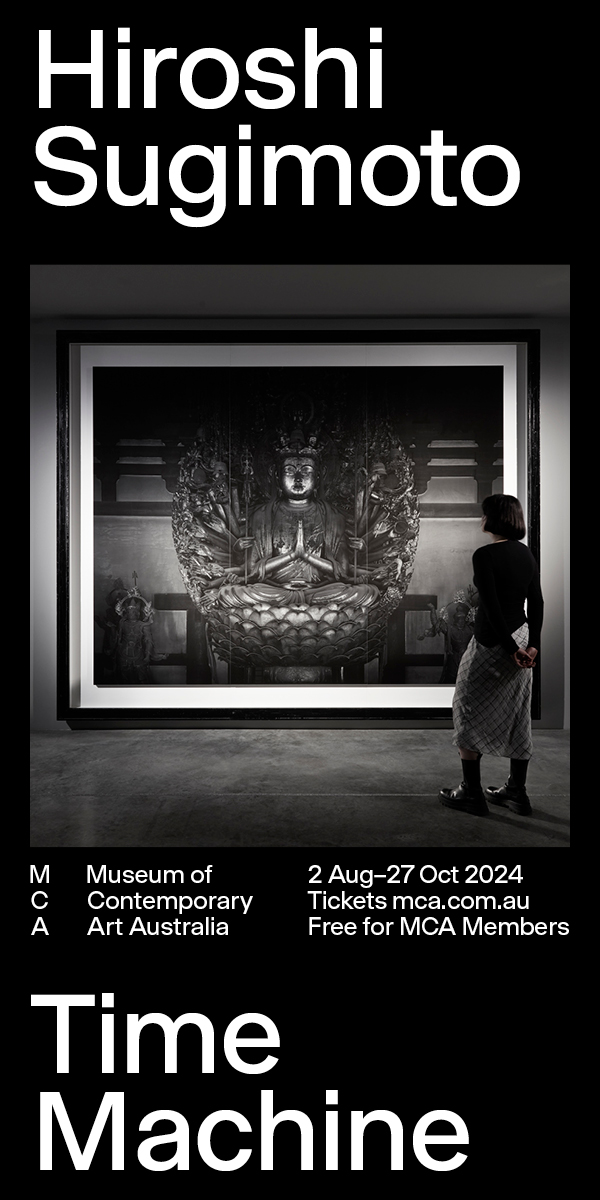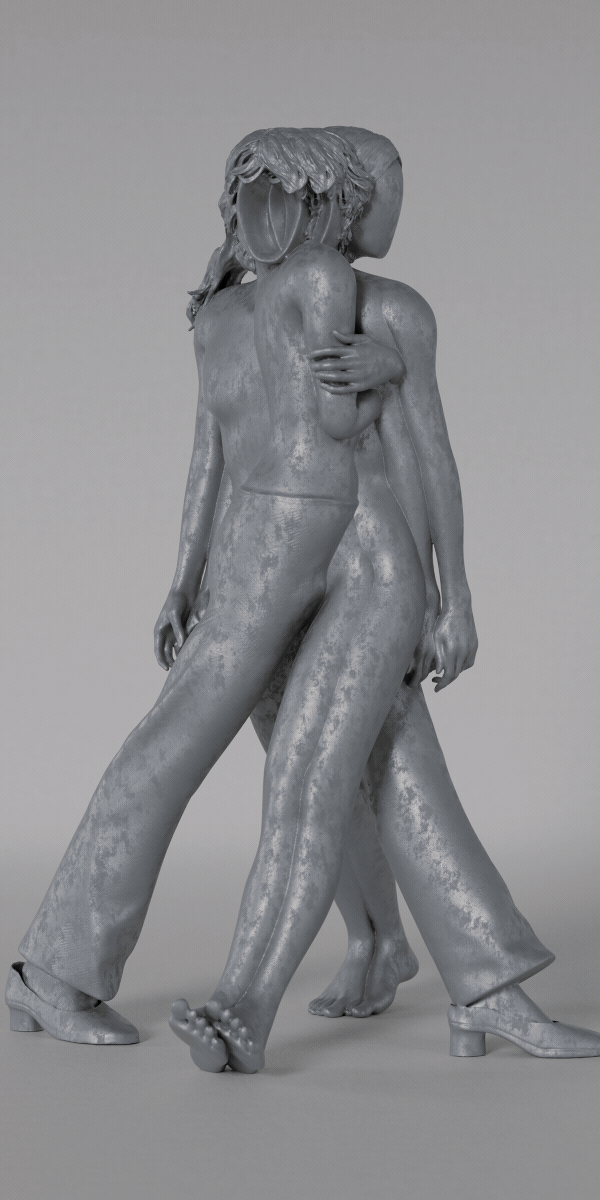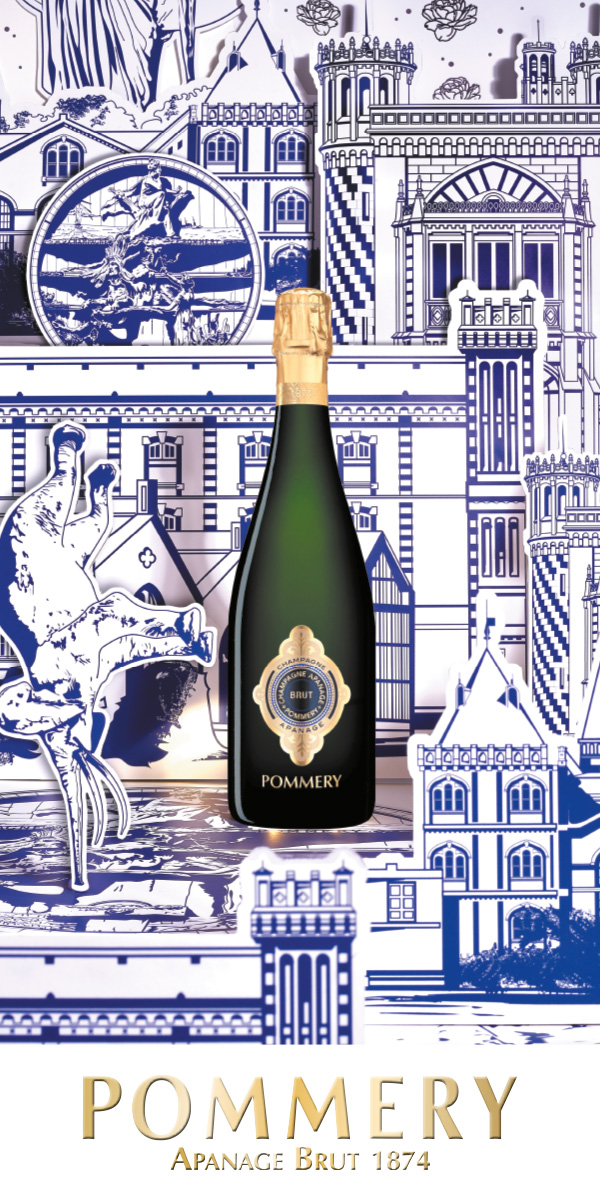Foreigners Everywhere’ – 60th Biennale di Venezia
VAULT’s regular Venice Biennale correspondent is back with a review of the biggest art show in the world.

Image credit: Claire Fontaine, Foreigners Everywhere series, 2004 — ongoing. Teasing Installation view at Mennour, Paris, 2023. Photo: Archives Mennour. Courtesy of the artists and Mennour, Paris © Studio Claire Fontaine
The world’s been turned upside down (yet again). A Chinese dragon has emerged from the Nordic pavilion, the British and Greek pavilions have been inundated with water, giants have taken up residence in Belgium, a giraffe in the Czech Republic, the Congo have usurped the Dutch and Bolivia the Russians. Of course, it’s the Venice Biennale, and so such revolutions are as superficial as ever, but not all are politically or culturally insignificant.
The 60th Biennale takes its curatorial lead from Adriano Pedrosa’s thematic instruction of ‘Foreigners Everywhere’. His introductory text explains that we’re all foreign and, as such, all queer (etymologically speaking, as he demonstrates that to be queer is simply to be a stranger). However, Pedrosa’s stated focus is more specifically on “the queer artist, who has moved within different sexualities and genders, often being persecuted or outlawed; the outsider artist…the folk artist and… the Indigenous artist.” Within this laboured use of (to many) pejorative terminology and confused taxonomy there is of course the entirely conventional mixture of subjective brilliance and irrelevance that you see at every Biennale.
Some visitors will enjoy the exuberant decoration of the central pavilion by the MAHKU collective from the border of Brazil and Peru. Pedrosa classifies their practice as ‘indigenous’, but it could just as easily be called ‘folk’. It seems to me they’ve produced what Eurocentric eyes expect of them – bright colours, mythological beasts and a magical narrative but the use of flat panels of industrially manufactured paint is far from ‘indigenous’. Properly represented their Huni Kuin culture would involve the ingestion of the psychedelic ayahuasca plant. While that certainly would have made for a very different Biennale, it would also have been illegal under Italian law (ayahuasca was banned in 2022).
Inside the Central Pavilion are two large displays of abstract and portrait paintings by twentieth-century artists who were born outside of Europe and are, for the most part, excluded from the art historical canon. Few fit Pedrosa’s four points of focus. Of the former, Pedrosa somewhat hopefully asserts that they are detached from “the European tradition, with its rigid orthogonal grid… and palette of primary colours”. Mohamed Melehi’s Composition (1968), Carmen Herrera’s Untitled (Halloween) (1948), Samia Halaby’s Black is Beautiful (1969), and Anwar Jalal Shemza’s Composition of Red, Green and Yellow (1963) are particular highlights. The portraits, which were (according to Pedrosa) made after “many artists in the Global South encountered European Modernism”, are a lot less engaging.
Amongst a handful of exceptions are Jamini Roy’s Untitled – Krishna with Parrot (n.d.), Osmond Watson’s Johnny Cool (1967) and Ahmed Morsi’s Portrait of the artist with a broken mirror (1970). Contrary to Pedrosa’s assertion, the latter certainly looks like a forerunner to a lot of what’s being made today rather than a follower of what came before. Whilst almost all of the artists in both of these sections have never exhibited at the Biennale before (as captions proudly state), to represent often long accomplished practices with single paintings instrumentalises these artists in this way seems to be an extension of their exclusion rather than an appropriate resolution. A similarly assembled display of artists of Italian birth or ancestry who fled to the ‘global south’ seeking refuge from persecution and poverty is somehow more successful if only because it shows so much idiosyncratic diversion from established Italian art history (and thus resists crude sub-classifications). Put names like Líbero Badíi, Luigi Domenico Gismondi, Domenico Gnoli and Amadeo Luciano Lorenzato into an online search engine and extraordinary and obviously important parallel vocabularies are revealed (unless, of course, you’re from Belo Horizonte, Bogota, Buenos Aires, La Paz, Lima, Mexico City etc in which case some may well be very familiar).
Another interesting subchapter is the encyclopaedic Disobedience Archive – an independent touring programme of 45 artist films presented (in this version) on tiny monitors in something of a labyrinth. This is perhaps a biennale in itself and could take several days to watch. Many, such as John Akomfrah’s Handsworth Songs (1986), are relatively well known, others less so. New to me was Želimir Žilnik’s brilliant Inventur – Metzstraße 11 (1974) where a steady stream of people living in the Munich apartment block of the title briefly introduce themselves to camera on the building’s staircase. Within this seemingly superficial document of guest workers from Greece, Turkey and Italy alongside a handful of native Germans are glimpses of a multitude of stories that facial expressions, poise and brief words only hint at.
Among other particular highlights is Karimah Ashadu’s Machine Boys, 2024, a short document of a biker gang in Lagos. These informal workers offered a motorcycle taxi service before recently being outlawed. The machine fetishism and preening machismo parallels Western subcultures and yet is entirely its own. These discerning youths ride Indian TVS trail bikes from Chennai (instead of BSA’s, Harley Davidson’s, Lambretta’s, etc.), demonstrating a global shift in industrial power. Susanne Wenger’s large, dynamic batiks produced in the 1960s reveal a Western education in pre-War Vienna and a post-colonial Yoruba re-education in Nigeria. They are, however, problematically described as being the result of her “initiation into Yoruba cults… in a search for Jungian primordial archetypes.” Even in this apparently enlightened context, the African influence is somehow explained as irregular, whilst the European ordered. Xiyyadie’s large paper-cuts take an ancient and popular Chinese art form believed to have originated from the 3rd century BC to describe his painful transition in the 1980s from rural farmer to urban worker and self-acceptance of his homosexuality. The bright colours and exuberant forms celebrate covert eroticism.

Image credit: Archie Moore, kith and kin, 2024, ink on polyester, water, composite board, paint, aluminium, steel, pigment and clay crayon, methyl acetate, 499.8 × 1588 × 1498 cm, Installation view, Australia Pavilion at Venice Biennale, 2024. Photo: Andrea Rosetti. Courtesy the artist and The Commercial © the artist
Archie Moore’s Australian pavilion was an unusually worthy recipient of the Golden Lion for the best national presentation. The black walls of the pavilion are inscribed by hand with a vast family tree that theoretically covers 65,000 years of antecedents. This diagram draws on a multitude of legal documents, copies of which form an island of inaccessible blocks in the centre. The documents supply an array of racist epitaphs or belittle and infantilise individuals as ‘Old Mammy’, ‘One-Eye’ and ‘Illegitimate Child’. Although starting with a modest ‘Me’, this is not a self-portrait. Instead, it is a collective portrait of Indigenous Australians and, at the same time, holds a mirror to European colonisers with its demonstration of white supremacist control.
Other notable national pavilions include Austria, where Anna Jermolaewa presents video documentation of Ukrainian ballet dancers living in exile in Vienna. At Jermolaewa ’s suggestion, the dancers are rehearsing for a production of Tchaikovsky’s Swan Lake (1877) to be performed upon the deposition of Vladimir Putin. From the death of Leonid Brezhnev in 1982, the ballet was broadcast on Soviet television to calm the populace prior to particularly significant announcements. A bank of obsolete telephone kiosks installed outside the pavilion was taken from Traiskirchen, a refugee camp outside Vienna. Prior to the accessibility of mobile phones these were the means by which thousands of displaced people were able to maintain contact with their families around the world. They are adorned with numerous numbers accompanied by Arabic, Cyrillic, Någari and Latin script. Jermolaewa used the phones herself after being forced to flee the Soviet Union in 1989.
Across the Giardini, the Russian pavilion has been lent to Bolivia by the Putin administration as part of a soft power initiative tied up with a lithium mining deal. The supposedly ‘anti-Imperialist’ artwork is a distraction. Egypt’s genuinely anti-Imperialist presentation, by Waal Shawky, is a piece of musical theatre (presented as a 55-minute film). Drama, 1882 (2024) dramatises the violent suppression of the Urabi Revolution by the British. There’s something of Gilbert & Sullivan here (inevitable when you put 19th-century Britons on stage), but the songs are consequential and poetic, sung in Classical Arabic. It is totally compelling.
Over recent years, the work of established white European males has been increasingly pushed to the peripheries of the Biennale in collateral projects. Unusually, in this iteration, some of these are of interest. All depict or refer to death. Peter Hujar’s covertly taken photographs of desiccated corpses in the catacombs of Palermo (taken on holiday with Paul Thek in 1963) are presented at the Istituto Santa Maria della Pietà. In a group show at the Complesso dell’Ospedaletto, Diego Marcon presents Fritz (2024), a tragicomic cartoon of a yodelling child’s suicide. For all its superficial flippancy, it’s an extraordinary, complex work. Finally, at the very southern tip of Castello, behind the football stadium, the Società Dante Alighieri Comitato di Venezia hosts Jonas Mekas’ final film. Requiem (2019) is an epic collage of material recorded over the last thirty years of his life. Dominated by footage of flowers, it appears to be a floral tribute to the dead white European male.
The next Biennale curator will be appointed by Pietrangelo Buttafuoco. Buttafuoco is a former leader of the Fronte della Gioventù, the youth wing of the neo-fascist Italian Social Movement (that evolved into the ruling Brothers of Italy party). For all the perennial problems this might be the last vaguely sensible Biennale for a while.
Click here to Subscribe





